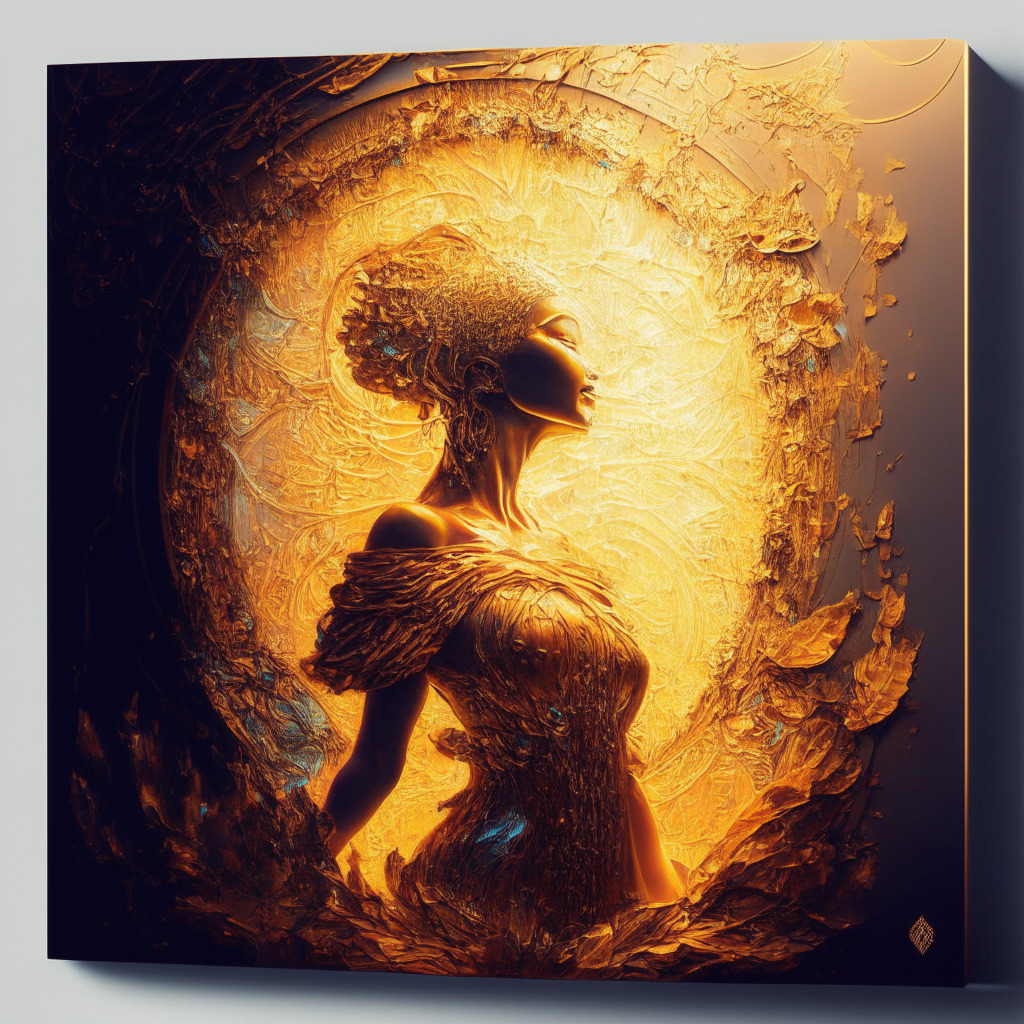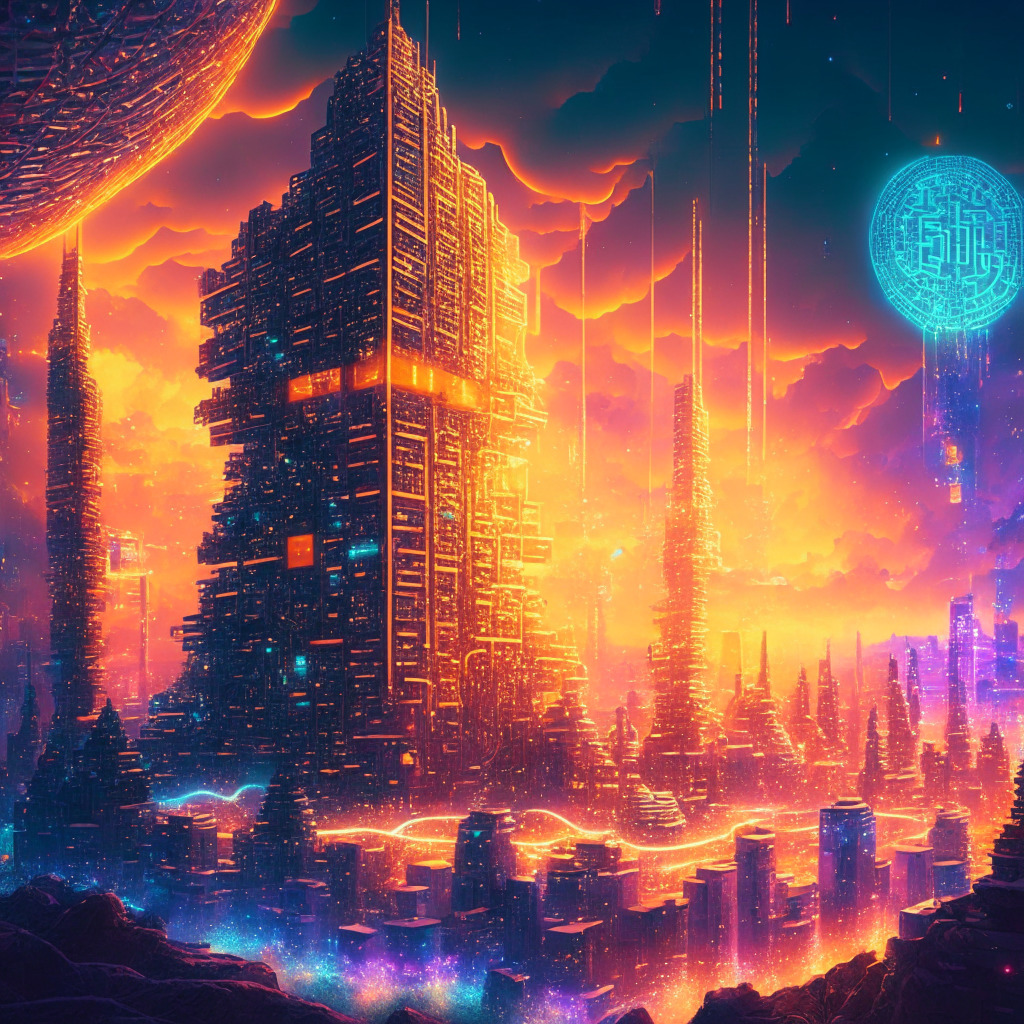The art world has long been marred by tradition and middlemen, making it challenging for artists to break into the industry and maintain control over their work. These barriers to entry have left many artists struggling to make a living and have limited collectors’ access to the market. However, the rise of non-fungible tokens (NFTs) has ushered in a new era of democratization for the art world, reshaping the future trajectory of NFT art and confronting critics and skeptics head-on.
NFTs provide an unprecedented opportunity for artists worldwide to gain exposure and connect with fans and collectors without the need for prestigious art schools or industry gatekeepers. By eliminating middlemen and their accompanying commissions, NFTs allow artists to retain more profit from their work and maintain control over sales and pricing. This transparency benefits collectors as well, granting them better visibility of available artwork and the ability to directly invest in the artists they admire without third-party fees.
Yet, like any new technology, NFTs also face their share of challenges. The absence of regulation, susceptibility to fraud, inadequate copyright protection, and complications in generating smart contracts for NFTs have led to criticism and skepticism. Moreover, the enforcement of artist royalties on NFT marketplaces has stirred controversy and intensified the debate around this emerging technology. Nevertheless, ongoing developments seek to create a more seamless user experience and address burgeoning security concerns.
The NFT art community itself has evolved significantly since its inception, with the market maturing and weeding out opportunistic and fraudulent actors. As a result, a smaller but stronger market of passionate and talented creators and collectors has emerged. The recent popularity of Bitcoin NFTs and open edition collections exemplifies the ongoing value of NFTs, opening up new avenues for artists to reach diverse audiences and further democratize the art world.
While some critics have warned that NFTs might overtake traditional art or replace physical art entirely, the reality is that NFTs provide a complementary medium for artistic expression. As the technology continues to mature and the community grows, further innovation and artistic exploration are anticipated. The blockchain future promises an increasingly stable, transparent, and accessible market for artists and collectors alike, with NFT technology taking its rightful place alongside the traditional art landscape.
As we look towards the future of NFT art, it’s crucial to recognize the potential that NFT technology brings to the table. After all, it has already disrupted the status quo in the art world, challenging long-held traditions and empowering artists to take control of their careers. As the market continues to flourish, we can expect even more enthusiasm from passionate artists and collectors, all united in embracing the potential of this revolutionary medium. Despite having its fair share of obstacles, NFT technology is undoubtedly shaping the art industry in ways once thought unimaginable, showcasing the resilience and evolution that art has always embodied.
Source: Cointelegraph




